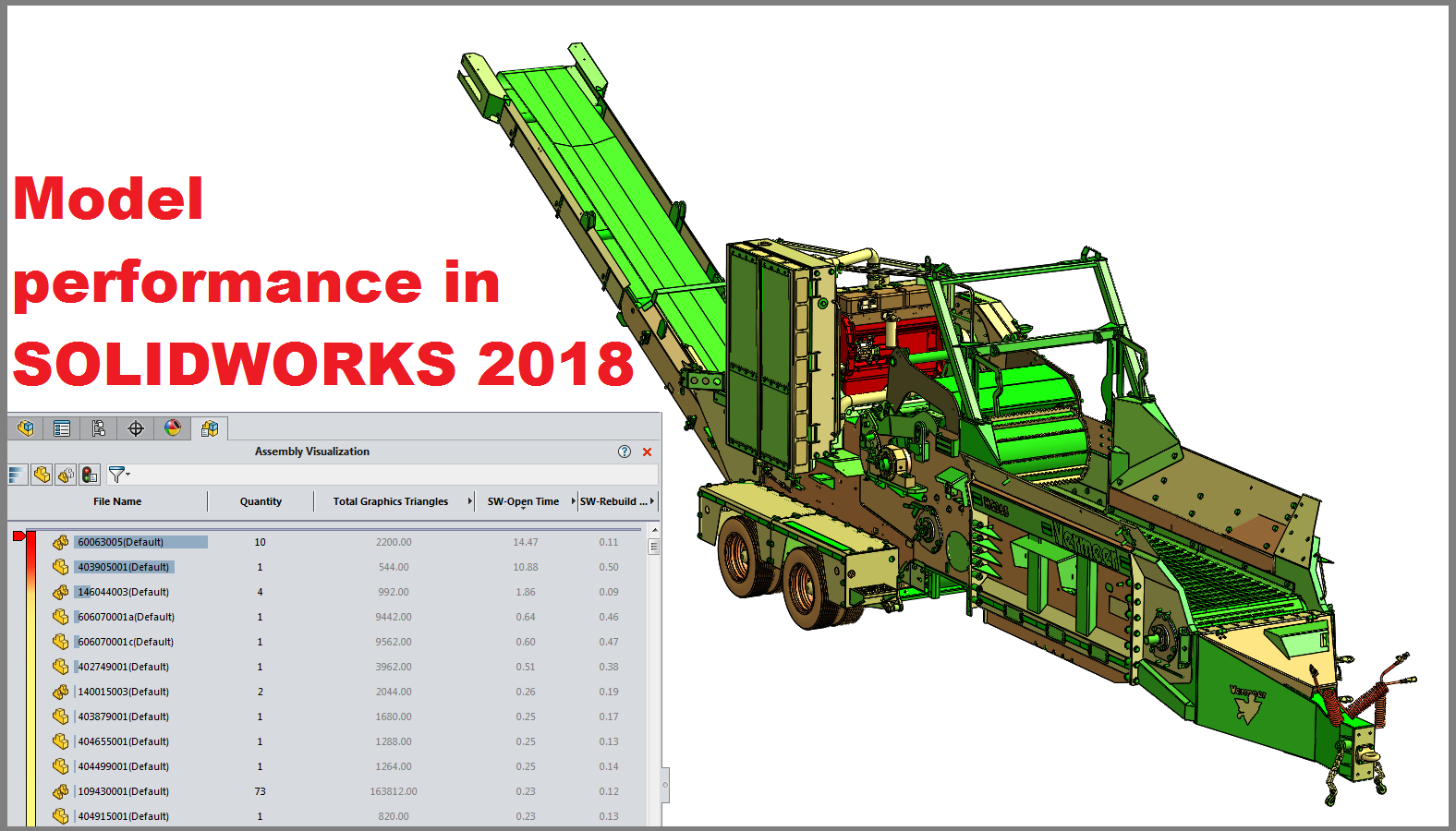
The minus sign (-) shows up next to any component that has at least one degree of freedom (translate or rotate about at least ONE of the x, y, or z axes). You can also Fix a part by clicking the green checkmark when inserting components which will fix the origin of the part to the origin of the top-level assembly. That tells us the part cannot translate or rotate about any axis simply because we said so. These letters tell us about the ability of the component to move in the top-level assembly.īy default, the first part inserted into the assembly is Fixed, which is depicted by (f).

Next, we see either (f), (-), or neither next to the part or assembly icon.

Zooming in on the Assembly Components section, the first thing we see next to each part or component name is the part or assembly icon showing whether that assembly component is a part or subassembly of the top-level assembly. You can see from the screenshot above that Assembly Components in the FeatureManager Design Tree include other fluff besides just the part or subassembly name. This blog is going to focus on the Assembly Components section. The FeatureManager Design Tree in Assemblies includes the following items: In Parts, the FeatureManager includes all the features that make up your part and are history-based and order-dependent. From the Save As dialog options, choose All Components, click Save as shown in the figure below.The FeatureManager Design Tree is the list of instructions that tells SOLIDWORKS how to build your Parts and Assemblies.From the assembly in SOLIDWORKS, select File, Save As, and choose Part (*.prt,*.sldprt) for the Save As file type.If the component is a Toolbox component.Visibility of the component from outside the model.You can use the following criteria to save an assembly as a simplified part:

When saving an assembly as a part, you can include or remove components based on specified criteria to simplify the saved part. NOTE that a multi-body part will have different properties and capabilities than an assembly file.

Alternatively, you can save the assembly as a multi-body part and scale this part in a single step. To scale an entire SOLIDWORKS assembly, it is possible to scale each part independently, however this could be extremely tedious for an assembly with a large number of components.


 0 kommentar(er)
0 kommentar(er)
